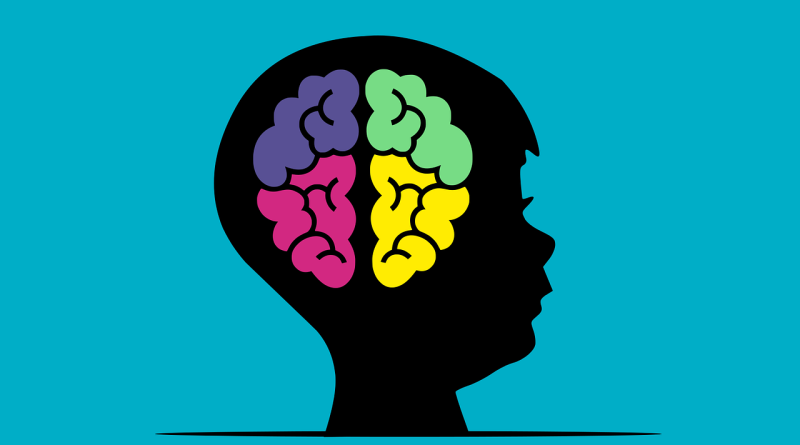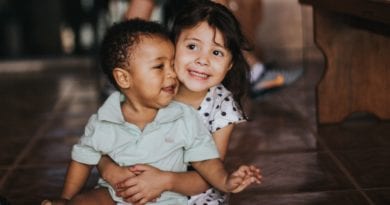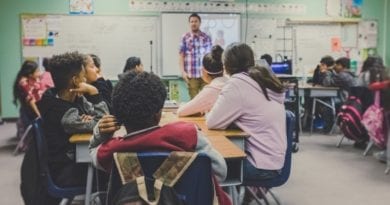How Cognitive Self-Optimization Shapes Successful Children
Imagine a young child, facing a challenge, yet confidently navigating it with resilience and determination. This isn’t just any child; this could be every child, with the right guidance and tools. With a profound understanding gained from over two decades dedicated to elementary education and fueled by a rich family legacy of nurturing young learners, we stand firmly in recognition of the paramount importance of cognitive self-optimization in children. Dive into the eight pillars that form the foundation for comprehensive child development.
1. Self-regulation: The Foundation of Character and Confidence
At the heart of our journey lies self-regulation—the bedrock of emotional and behavioral guidance. It’s the nurturing of Self-Efficacy, the unwavering belief in a child’s ability to shape their destiny. Through this belief in Cognitive Self-Optimization, they embark on challenges with unwavering determination, leading to not only improved academic performance but also a robust sense of self-worth.
Ethical Decision-Making becomes second nature as children align their choices with core values, laying the groundwork for principled behavior. Time Management and Organization skills empower them to strike a harmonious balance between responsibilities, resulting in reduced stress and more favorable outcomes. Delayed Gratification emerges as an art, teaching patience and paving the way for greater rewards. Self-reflection and a Growth Mindset nurture resilience, enabling them to perceive challenges as opportunities. For more information about self-regulation and how it can help both children and adults go to the U.S. Department of Health & Human Services: Self-Regulation and Toxic Stress Series
How to use this-
- Technique 1: Emotion Wheel: An interactive tool where children identify and discuss their feelings, promoting self-awareness.
- Technique 2: Breathing Buddies: Using a soft toy, children practice deep breathing, placing the toy on their belly and watching it rise and fall, teaching them self-calming techniques.
2. Communication Skills: Forging Connections and Expressing Ideas
In the realm of communication, our young minds shine brightly. Verbal Communication empowers them to articulate feelings and ideas, fostering connections and paving the way for academic achievements. Non-Verbal Communication delves into the language of gestures and expressions, deepening their comprehension of emotions and interactions. Written Communication becomes their canvas for academic excellence and personal expression. The skill of Active Listening bridges gaps and nurtures a profound understanding of the world around them. As they step onto the stage of Public Speaking, confidence finds its voice, equipping them for success both academically and professionally.
How to use this-
- Technique 1: Story Dice: Rolling dice with pictures to craft stories, enhancing verbal skills and imagination.
- Technique 2: Emotion Charades: A game where children act out different emotions, honing their non-verbal communication skills.
3. Social Skills: Guiding Relationships and Engaging in Community
Childhood blossoms in a myriad of social experiences through Cognitive Self-Optimization. Community Engagement invites them to embrace their roles in society, realizing the potential of collective efforts. As they harness Leadership Skills, integrity becomes their beacon, guiding them to inspire positive change. The magic of Collaboration and Teamwork unveils itself, teaching the beauty of harmonious cooperation. Respectful interactions are woven into their being through Interpersonal Boundaries. Visit this website on how social skills can prevent bullying: Teaching Social Skills to Prevent Bullying in Young Children
How to use this-
- Technique 1: Community Helper Day: A day where children dress up as different community members, understanding their roles.
- Technique 2: Team-building Towers: Using building blocks, children collaborate to construct towers, emphasizing teamwork.
4. Perspective Thinking: Embracing Diversity and Achieving Harmony
In a world of diverse viewpoints, children cultivate a profound understanding of Understanding and Positive Interaction with Others. Empathy takes root, prejudices diminish, and unity prevails. Cultural Competence becomes their bridge to a global society, instilling respect for various cultures. Conflicts are resolved through the lens of Conflict Resolution guided by understanding different viewpoints, paving the way for peaceful resolutions. These pillars collectively mold children into ambassadors of harmony. When children are team building they are creating an environment to help encourage themselves to look at things from a different perspective. Take a look at our article entitled: 16 Team Building Activities For Middle School
How to use this-
- Technique 1: Culture Capsules: Small boxes filled with items from different cultures, introducing them to global diversity.
- Technique 2: Perspective Glasses: Crafted cardboard glasses that children wear to discuss how they see situations differently, promoting empathy.
5. Critical Thinking: Nurturing Innovators and Skilled Problem Solvers
Nurturing the flame of imagination is paramount. Fostering Creativity and Imagination ignites innovation and sharpens problem-solving skills. Early exposure to Financial Literacy imparts practical skills for sound financial decision-making. Environmental Awareness nurtures a profound respect for the planet and our responsibility to preserve it. Problem Framing and Moral Reasoning guide their approach to challenges ethically and effectively. In a digital age, Digital Literacy empowers them to navigate the intricacies of technology.
How to use this-
- Technique 1: Problem-solving Puzzles: Challenging puzzles that require analytical thinking.
- Technique 2: Safe Surfing: Guided sessions on using the internet responsibly, promoting digital literacy.
6. Fortitude and Resilience: Triumphing Over Challenges
Challenges are part of life’s tapestry, even in the realm of childhood. With the use of Cognitive Self-Optimization, they are equipped with courage, and children embrace challenges head-on. Building Resilience through Experiences sharpens their ability to rebound from adversity. Perseverance and Determination become their rallying cry, igniting an indomitable spirit. Emotional intelligence can be a great way to help children Foster fortitude and resilience check out our article: The Importance Of Emotional Intelligence In Early Childhood
How to use this-
- Technique 1: Resilience Role Play: Enacting scenarios where they face challenges and find solutions.
- Technique 2: Challenge Journals: Documenting daily challenges and solutions, promoting reflection and resilience.
7. Lifelong Learning: An Unending Journey of Exploration
Every sunrise heralds a new opportunity to learn and grow. Open-mindedness unfurls doors to new ideas and perspectives. Continuous Skill Development ensures they remain agile and relevant throughout their lives. Reflective Practice fosters introspection, nurturing self-improvement and personal growth.
How to use this-
- Technique 1: Curiosity Corner: A dedicated space with books and tools, encouraging self-driven learning.
- Technique 2: Reflection Diaries: Journals where children document what they’ve learned, promoting introspection.
8. Physical Activity: Where Play, Learning, and Thriving Converge
Play is a sacred ground for young hearts. Some might say that physical movement is not part of the Cognitive Self-Optimization but many will find that through physical movement children’s cognitive abilities improve by leaps and bounds. Motor Skill Development refines their physical coordination, enriching both body and mind. The convergence of education and enjoyment emerges in Play-Based Learning, engaging them in effective learning experiences. Social Interaction through Physical Activities fosters friendships and teamwork. Physical Health and Well-being are the cornerstones of a balanced and wholesome life. For more information on how to help your child get fit see our article: A Complete List Of The Best Exercises For Kids
How to use this-
- Technique 1: Dance Fusion: Weekly sessions exploring different dance forms, promoting physical activity and cultural appreciation.
- Technique 2: Nature Treasure Hunts: Outdoor hunts where children find natural treasures, promoting physical activity and environmental appreciation.
In the culmination of these eight pillars lies a comprehensive framework for nurturing children’s cognitive, emotional, and physical growth. As parents, educators, and mentors, embracing these pillars empowers children to unearth their limitless potential and embark on a journey of lifelong triumph.
We stand united, dedicated to championing, guiding, and witnessing the brilliance of our young stars as they shape a future radiating with promise and potential.




